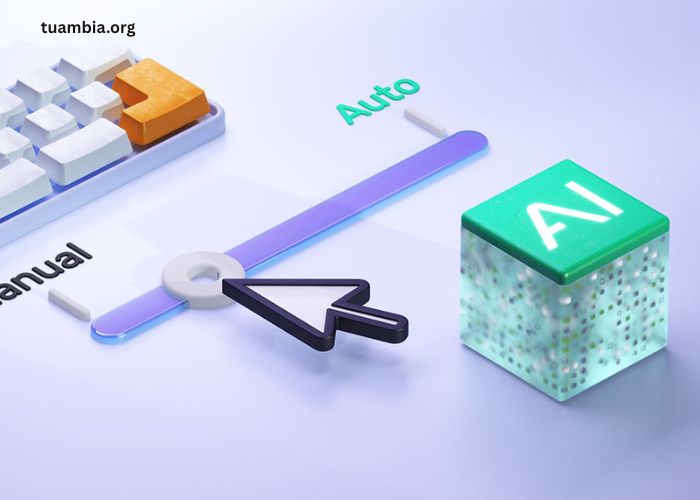It has been more difficult to maintain speed and quality in the quickly changing world of software development nowadays. This problem has traditionally been solved by test automation, but as applications get more sophisticated, old automated testing techniques are currently becoming less effective. Test automation is being revolutionized by artificial intelligence (AI), which is bringing capabilities beyond written tests. AI in test automation is changing the way quality assurance teams approach testing by combining machine learning, natural language processing, and predictive analytics. Significant benefits from this new AI and test automation synergy are changing the testing environment and assisting businesses in producing better software more quickly.
Intelligent Test Case Generation
AI-powered solutions are able to automatically construct pertinent test scenarios that human testers might miss by analyzing application architecture, user journeys, and historical data. AI algorithms can find possible routes across programs, anticipate likely failure locations, and create tests that offer significant coverage—all without the need for human test case development. This feature increases test coverage to address edge situations and unusual user scenarios while significantly lessening the workload for testing teams. Instead of wasting too much time creating repetitive test cases that contribute little to overall quality assurance efforts, the intelligence underlying automated test development makes sure that testing resources concentrate on verifying the most important parts of applications.
Self-Healing Test Scripts
When interface elements change, traditional automated tests often fail, resulting in a large maintenance burden that reduces their usefulness. Self-healing features that can recognize when components have changed and automatically modify test scripts in response are introduced by AI-enabled test automation. The intended purpose, not the exact implementation, can be recognized by AI systems when a button changes, a field is changed, or a process is slightly altered. Testing teams may concentrate on real quality concerns instead of continuously upgrading brittle test scripts thanks to this flexibility, which significantly lowers false test failures and maintenance needs. A major change from fragile, element-based testing to more robust, intent-based validation is represented by self-healing automation.
Predictive Quality Analysis
AI systems are well positioned to anticipate any quality concerns before they materialize because of their exceptional ability to recognize patterns within large datasets. Through the examination of code modifications, test outcomes, performance indicators, and user input during development cycles, artificial intelligence may identify regions with a higher likelihood of errors. Testing teams may more efficiently manage resources thanks to its predictive feature, which focuses verification efforts on components that are most likely to have problems. Instead of allocating testing resources uniformly throughout an application, teams may employ risk-based strategies guided by AI insights. In addition to optimizing resource use, this focused testing approach maximizes the detection of significant flaws that might affect user experience.
Visual Testing Enhancement
While traditional test automation is excellent at confirming functional requirements, it has trouble with applications’ visual and aesthetic elements. Visual testing tools with AI capabilities can examine apps much like human users do, identifying visual irregularities, layout flaws, and rendering errors on various screens and devices. By learning to differentiate between deliberate design modifications and accidental visual regressions, these systems lower false positives while maintaining consistent user experiences. With the ability to analyze hundreds of screen components at once, visual AI systems may spot minute rendering problems that would be impossible for human testers to manually check.
Conclusion
Opkey’s robust AI-driven platform, which combines Machine Learning, Natural Language Processing, Generative AI, and Agentic AI to provide the fastest, smoothest testing experience, transforms test automation. Opkey guarantees speed, accuracy, and less human labor by automating the creation of test cases, enabling self-healing scripts, and providing predictive insights. Its ERP-specific AI chatbot and no-code test builder enable all team members to take part in quality assurance. Opkey test automation revolutionizes how companies approach testing by reducing downtime, speeding up releases, and optimizing test coverage with its 30,000+ pre-built tests, AI-powered impact analysis, and sophisticated reporting.






